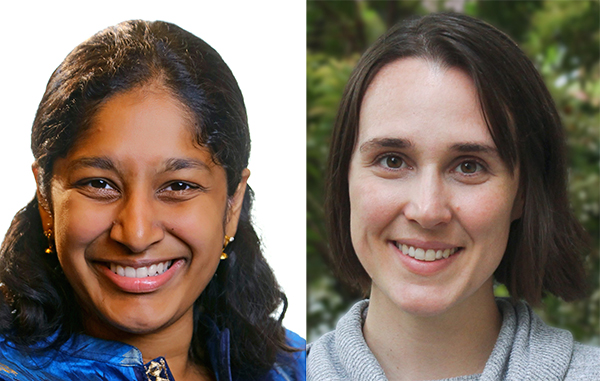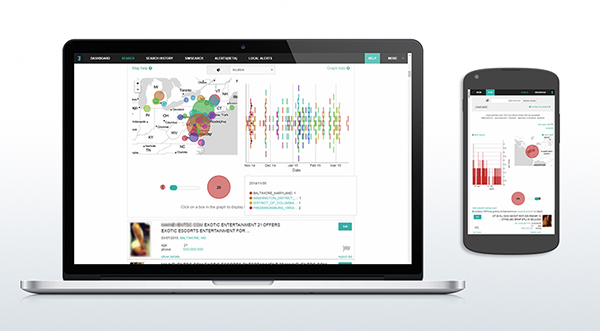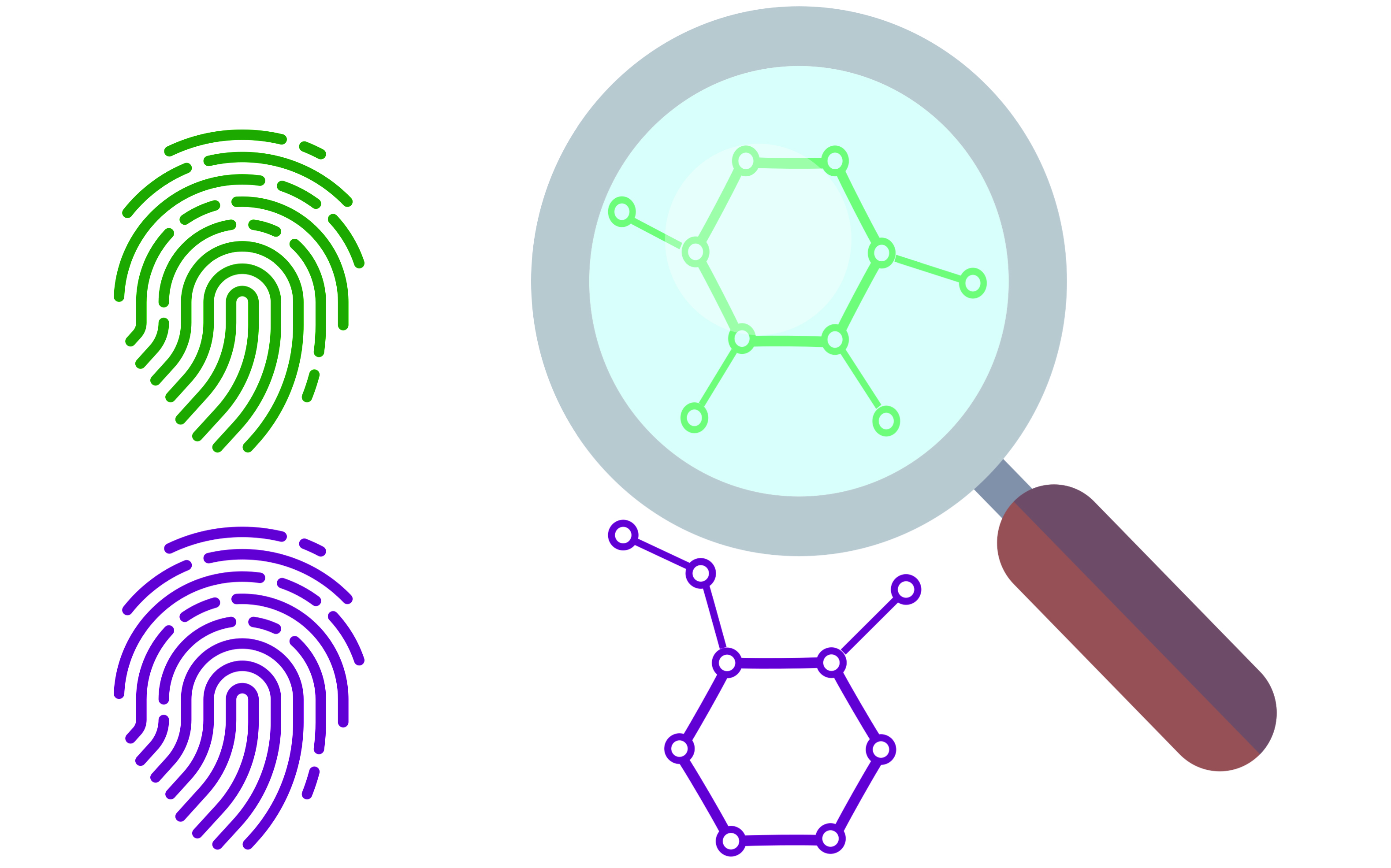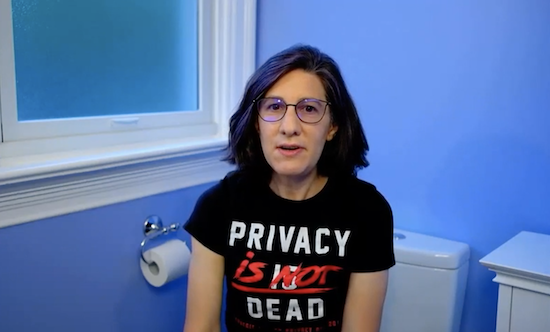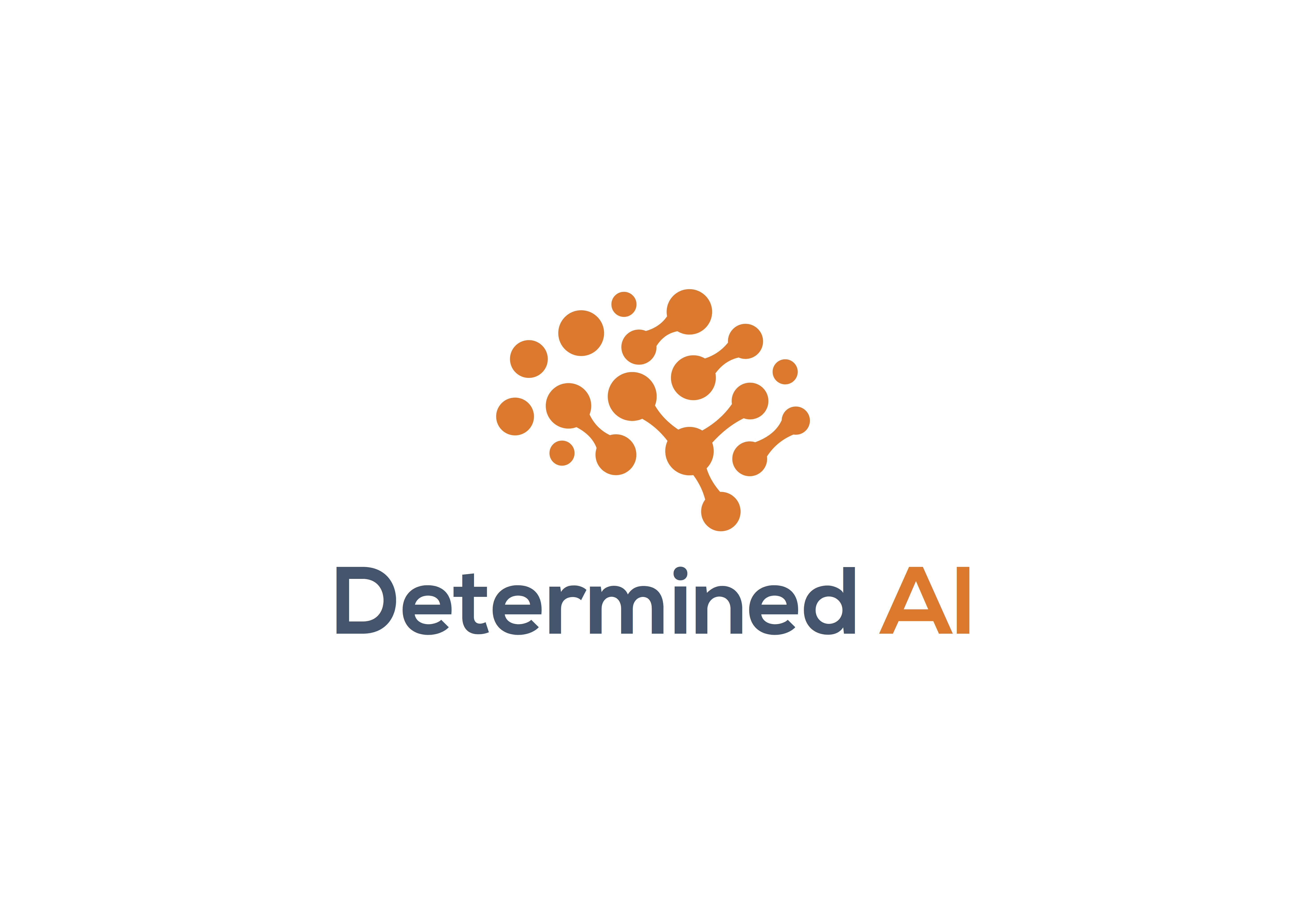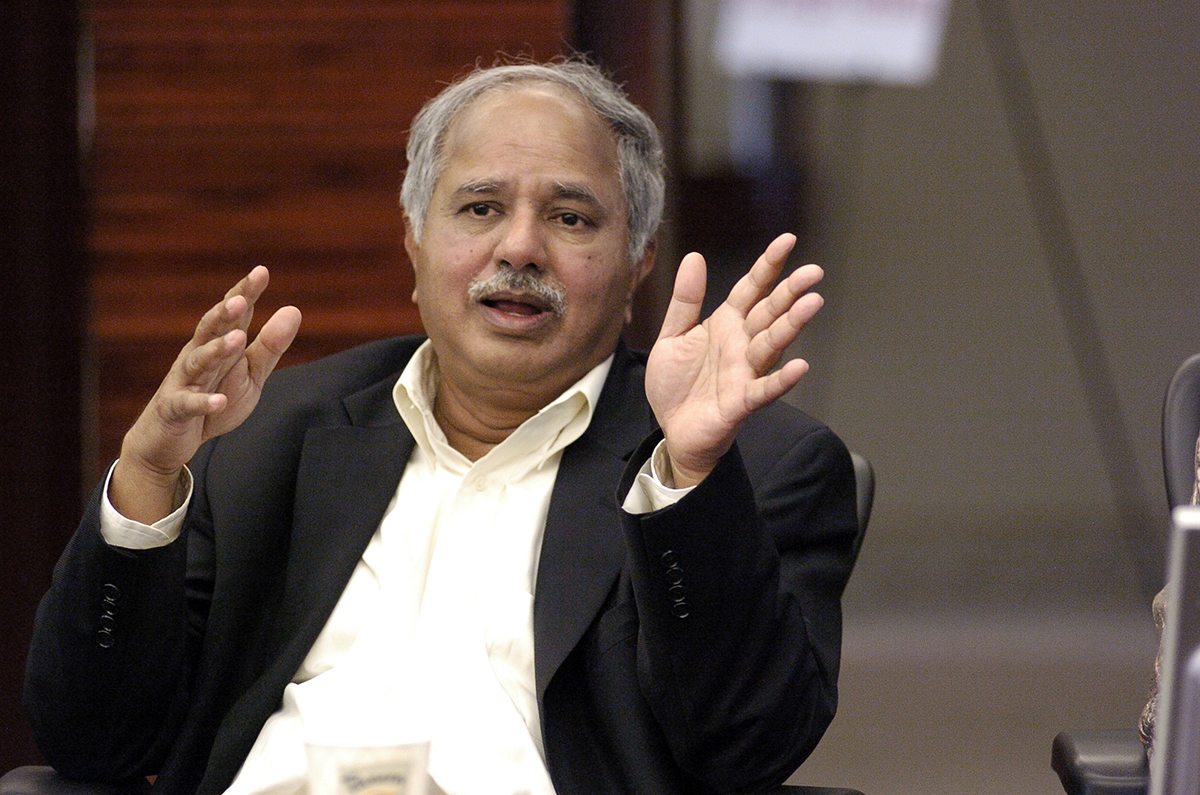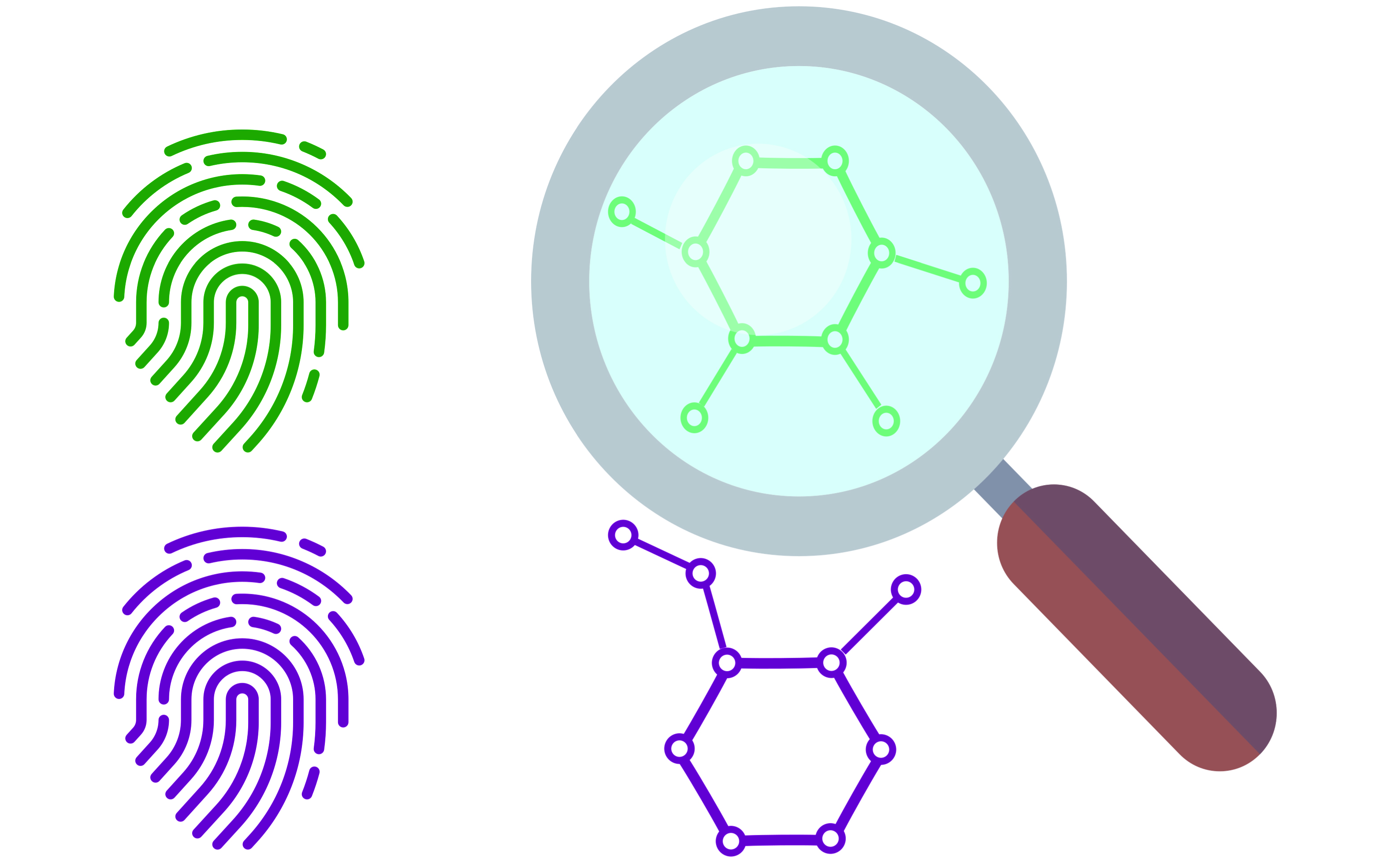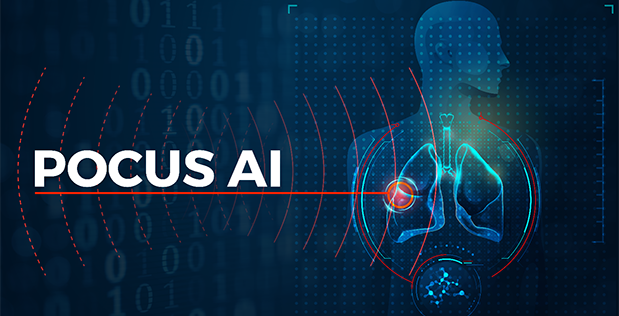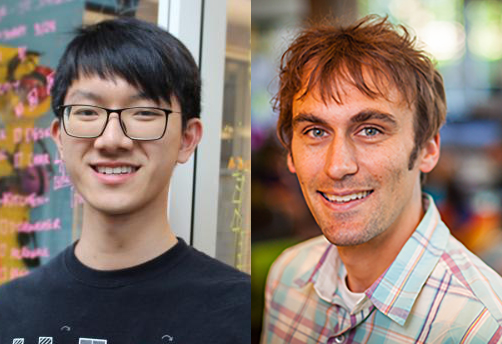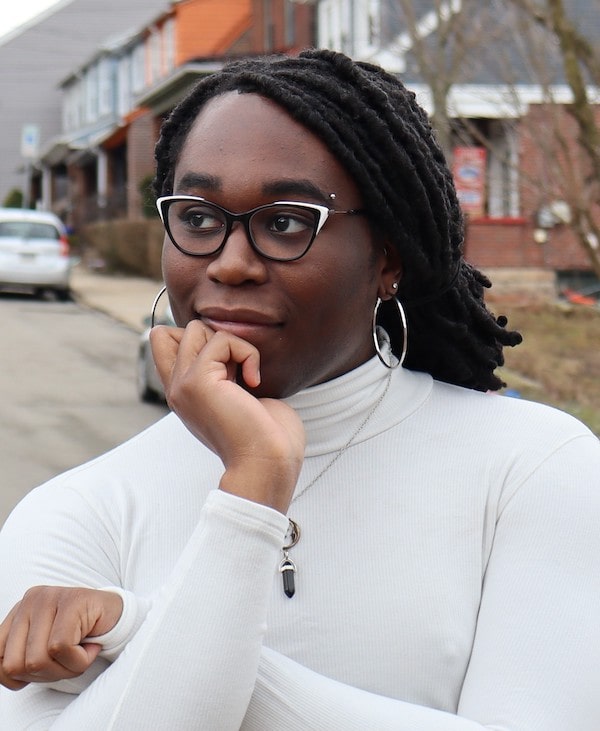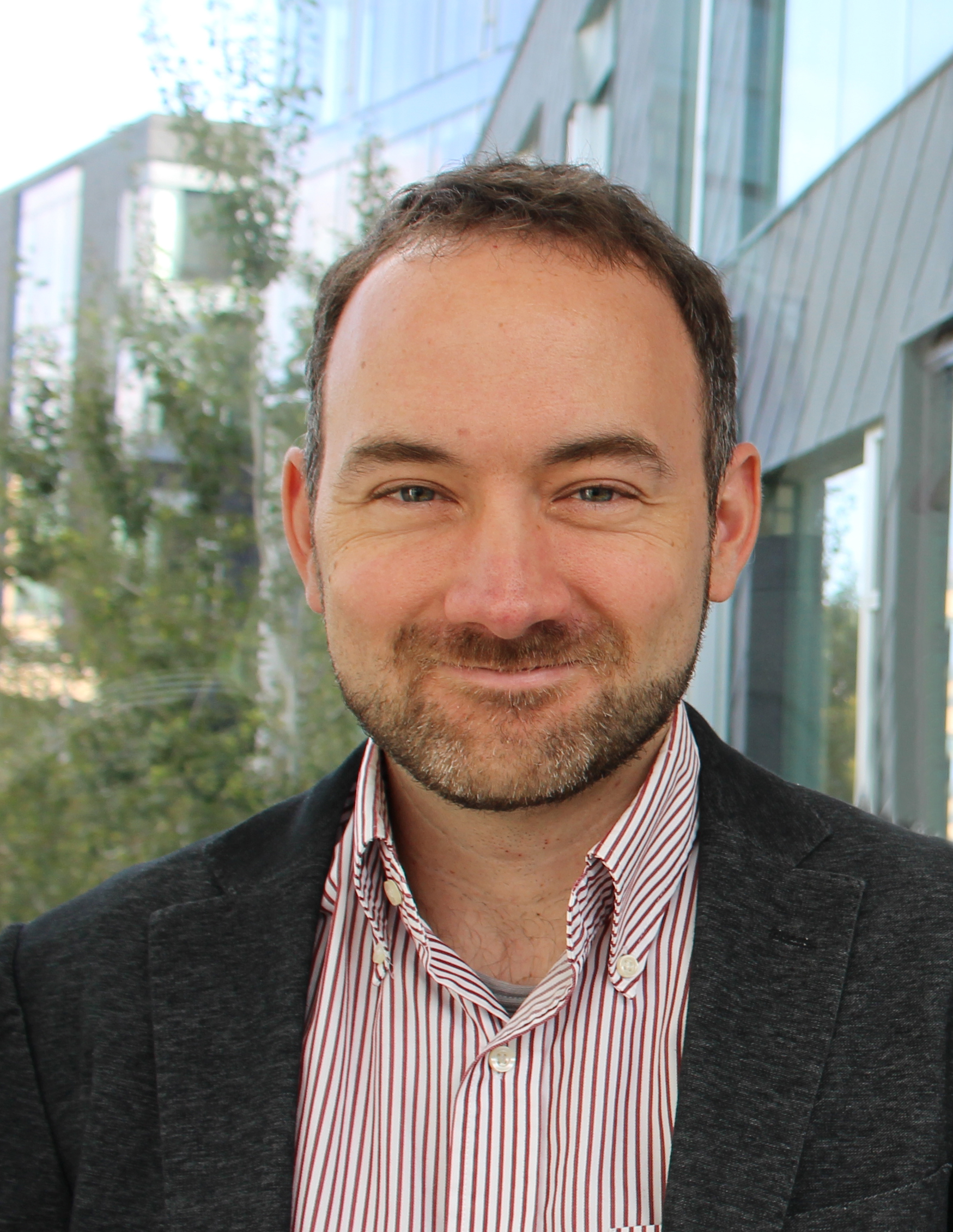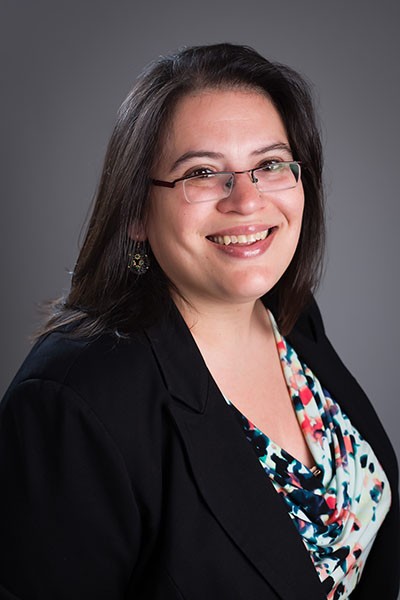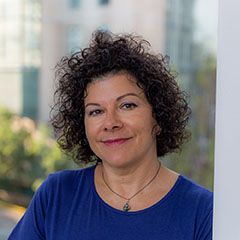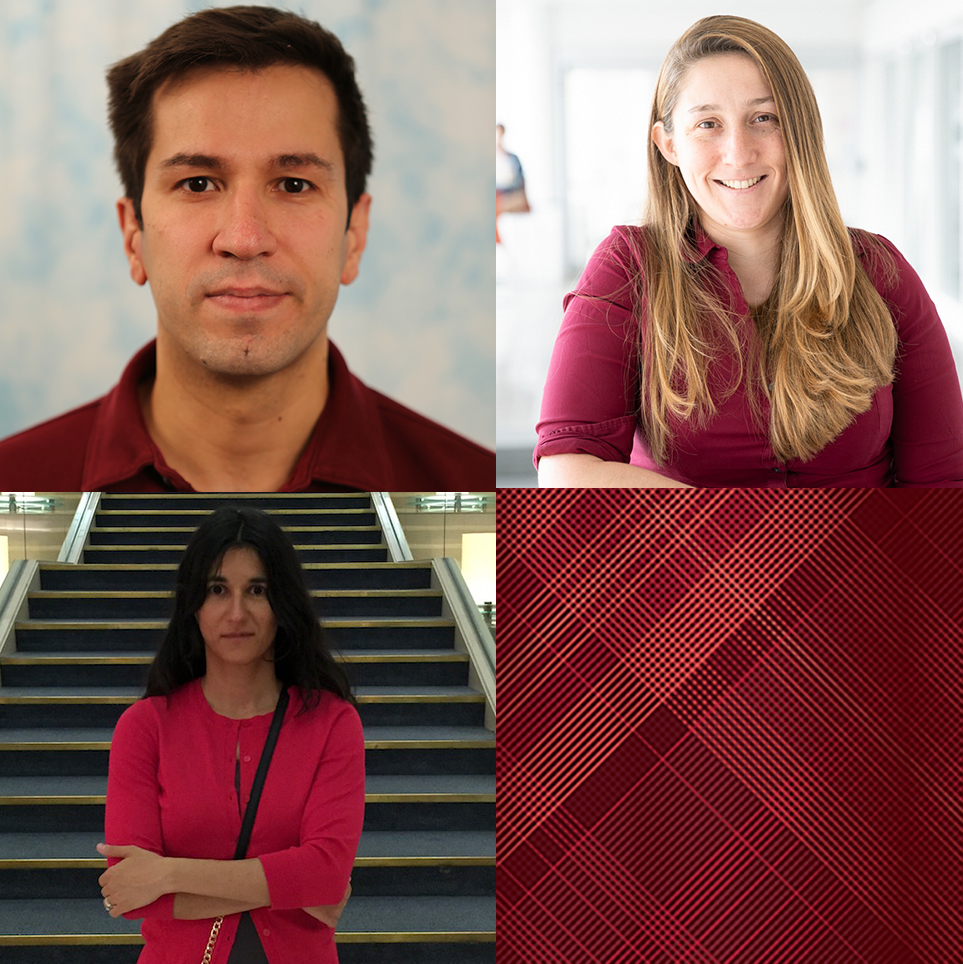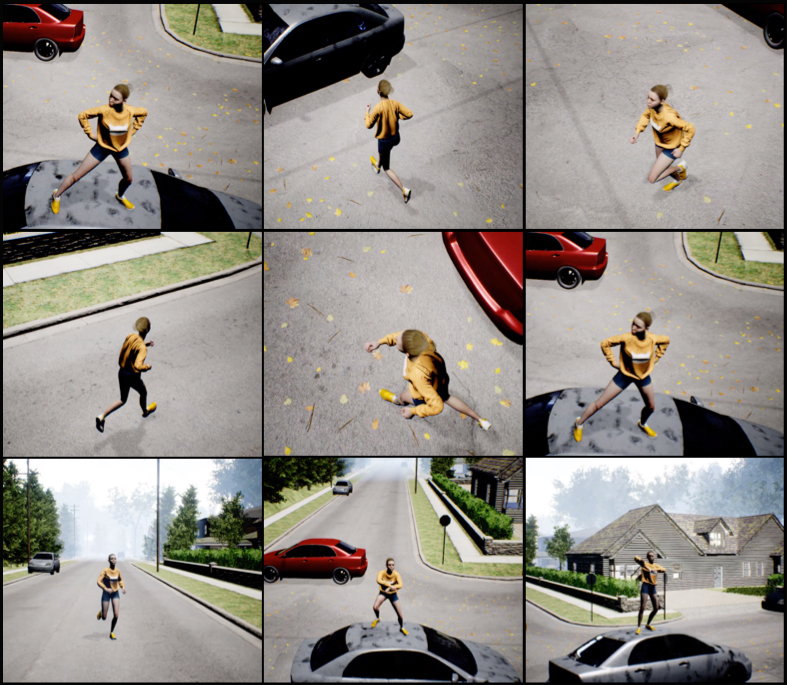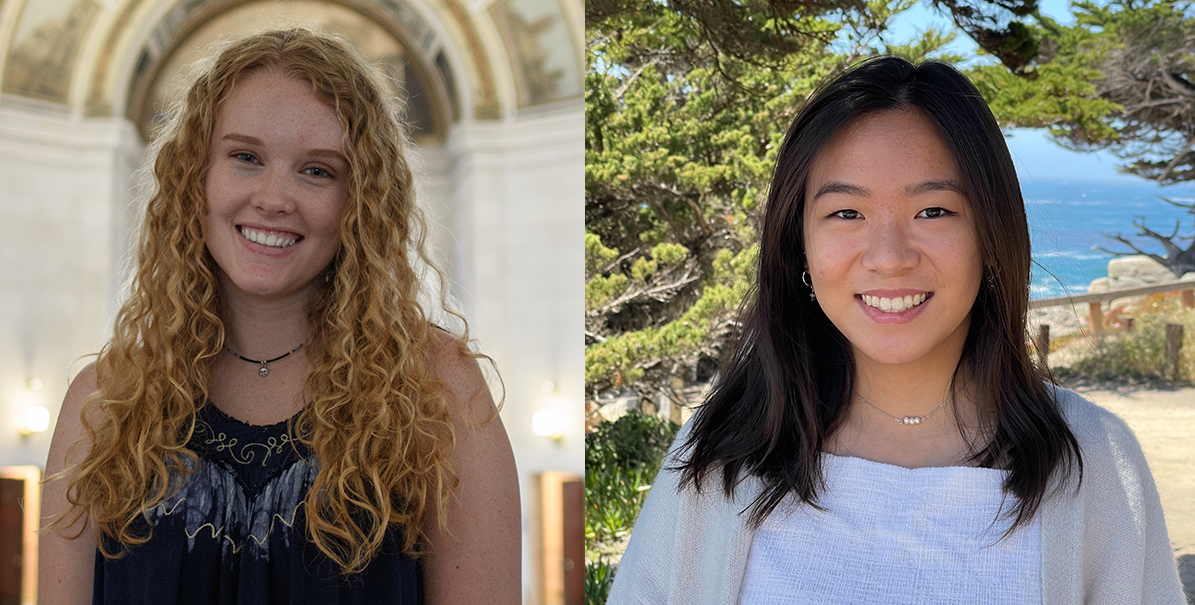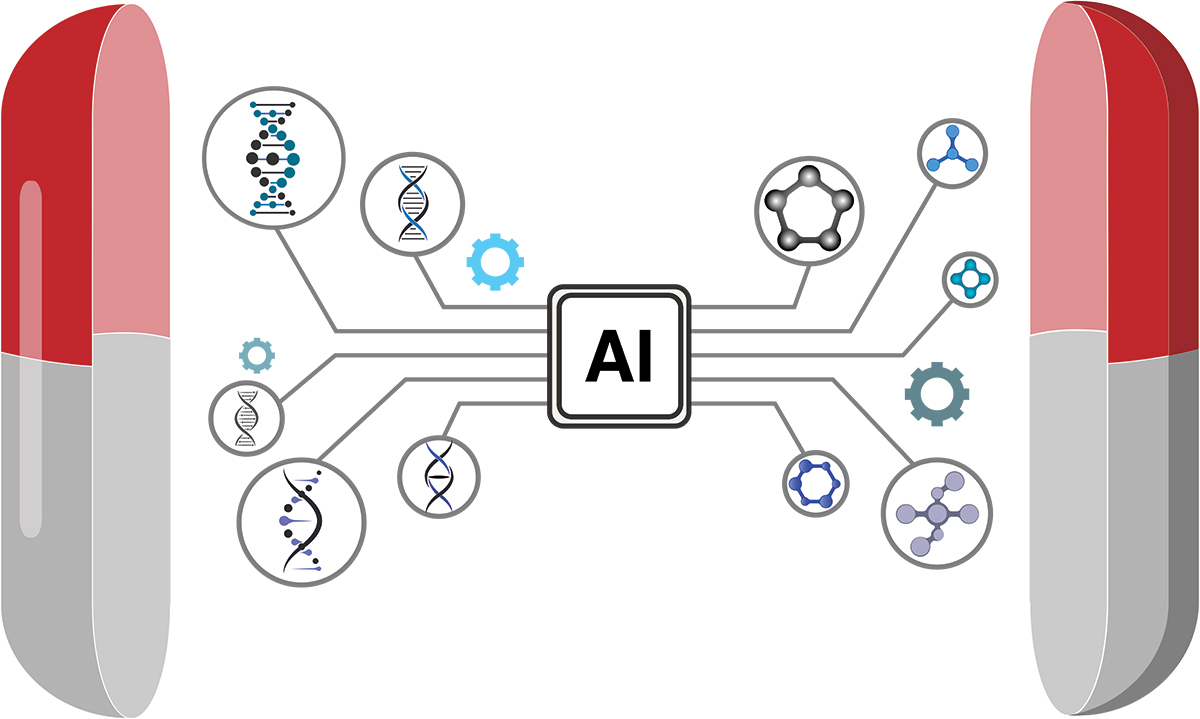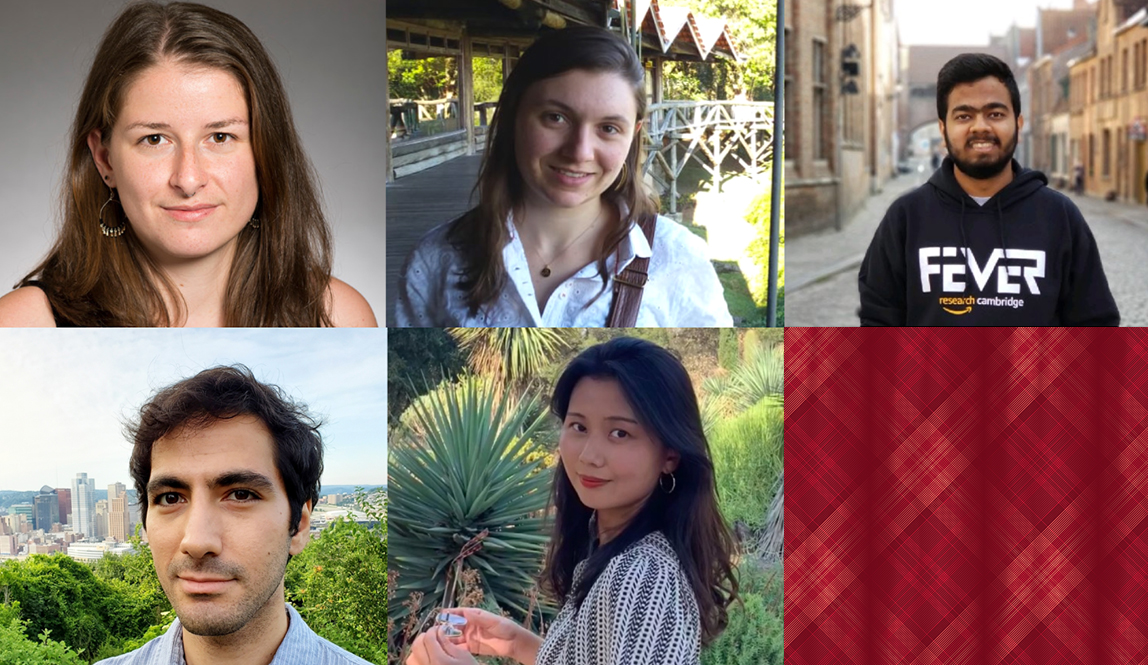SCS Faculty, Ph.D. Student Named to Innovators Under 35 List
Virginia Smith, an assistant professor in the Machine Learning Department, and Priya Donti, a Ph.D. candidate in the Computer Science and Engineering and Public Policy departments, have been named to MIT Technology Review's prestigious annual list of Innovators Under 35. The list recognizes exceptionally talented technologists whose work has great potential to transform the world. Smith is a leader in federated learning, which considers training models to learn from data stored in private silos like mobile phones, smart home devices, or hospital records. Her work prioritizes privacy while powering AI to be accurate, trustworthy, and accessible. She has specifically developed personalized federated learning approaches that allow machine learning models to benefit from a breadth of data while adequately capturing outliers. Donti focuses on using machine learning to tackle climate change. Her research incorporates the physics and hard constraints associated with power grids into neural networks to guarantee the safety of the systems, and to increase their efficiency through machine learning. Donti also co-founded Climate Change AI. The organization has held workshops at top machine learning gatherings, led educational events at the UN Climate Change Conference, briefed local and national policymakers from several countries and runs a mentorship program. "We get more than 500 nominations for the list every year and getting that list down to 35 — a task not only for the editors at MIT Technology Review but also for our 30+ judges — is one of the hardest things we do each year," said Tim Maher, managing editor of MIT Technology Review. "We love the way the final list always shows what a wide variety of people there are, all around the world, working on creative solutions to some of humanity's hardest problems." Learn more about Smith, Donti and the rest of this year's honorees on the MIT Technology Review website and in the magazine's July/August issue. The honorees will also be featured at the upcoming EmTech MIT Conference held online September 28-30, 2021. About MIT Technology Review Founded in 1899, MIT Technology Review is a world-renowned, independent media company whose insight, analysis, and interviews explain the newest technologies and their commercial, social, and political impacts. MIT Technology Review derives its authority from its relationship to the world's foremost technology institution and from its editors' deep technical knowledge, capacity to see technologies in their broadest context, and unequaled access to leading innovators and researchers. MIT Technology Review's mission is to bring about better-informed and more conscious decisions about technology through authoritative, influential, and trustworthy journalism. About the EmTech event series MIT Technology Review's EmTech series examines emerging technologies that will drive the new global economy. From mainstage keynotes to Q&As and small discussions, these events provide a curated view of the year's most important developments. EmTech gives attendees the opportunity to discover future trends and learn from the most innovative people and companies in the world. Established more than 20 years ago, EmTech events have become a must-attend for entrepreneurs, business leaders, innovators, policy influencers, media, and more. This year's EmTech events in the United States include EmTech Digital, March 23-25; EmTech Next, June 8-10; and EmTech MIT, September 28-30. Learn more.

